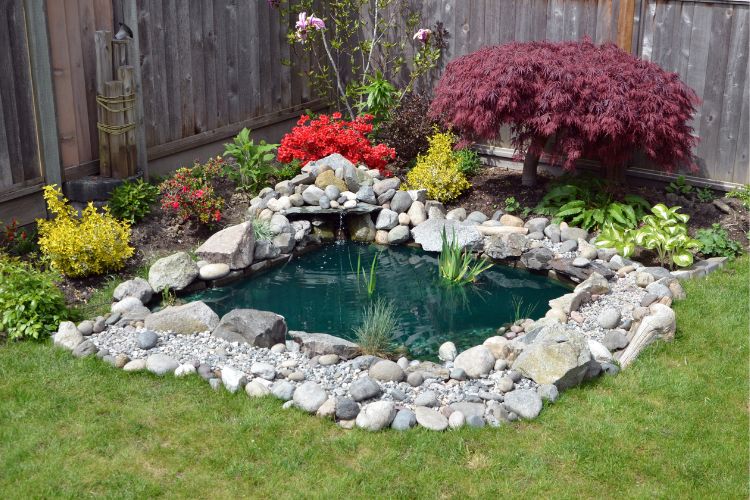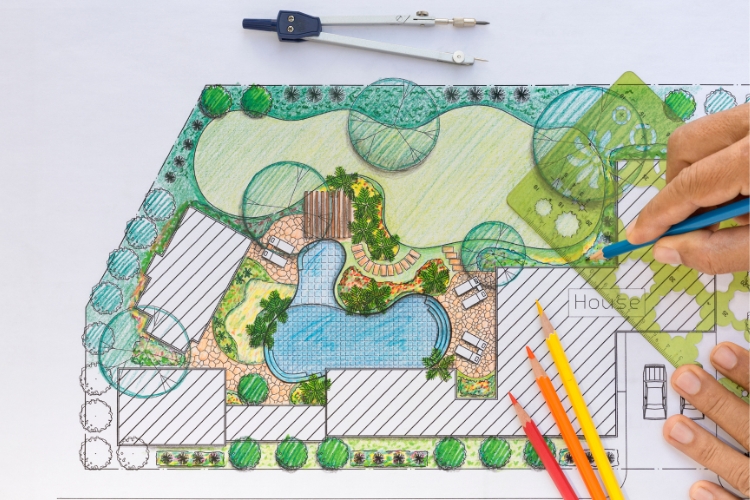
4 Practical Steps to Designing a Landscaping Plan
Your outdoor space is an extension of your home, a canvas where you can express your personality and create a haven of beauty and functionality. We understand the importance of crafting a landscaping plan that reflects your style and meets your needs. In this comprehensive guide, we’ll take you through 4 steps of designing a landscaping plan that transforms your outdoor space into a true masterpiece.
1. Crafting Your Vision
Before you dive into the world of landscaping, it’s essential to have a clear vision of what you want to achieve. Consider the following factors:
-
Define Your Purpose and Functionality
Start by determining how you intend to use your outdoor space. Do you want a peaceful retreat, a family-friendly play area, or an entertaining hotspot? Understanding its primary purpose will guide your design choices.
If you envision a space for relaxation, you might want to include comfortable seating, fragrant flowers, and a soothing water feature. For a family-oriented area, consider space for a playset or a designated garden for kids to explore.
-
Choose Your Style and Aesthetics
Explore various landscaping styles to find the one that resonates with you. Whether you prefer a natural, cottage garden, a sleek and modern look, or something entirely unique, your style should reflect your personality.
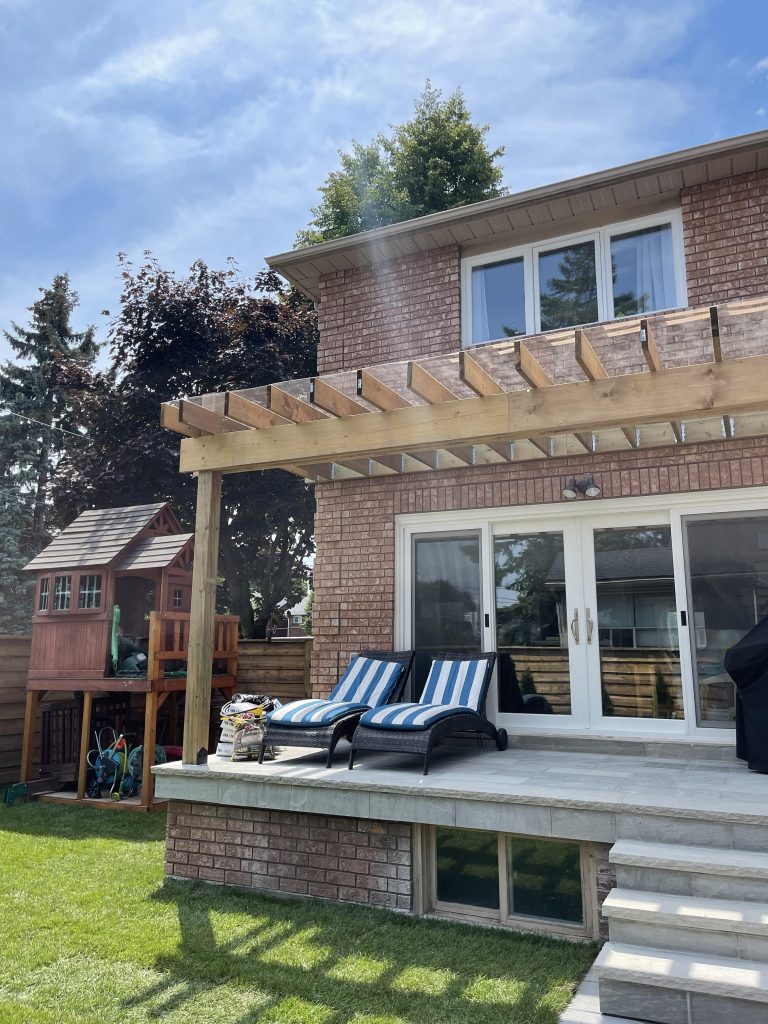
If you’re drawn to a cottage garden style, think about including a mix of colorful perennials, winding pathways, and whimsical garden décor. For a modern look, opt for clean lines, minimalistic plant selections, and contemporary hardscape materials.
-
Plan for Maintenance
Be realistic about the level of maintenance you can commit to. Some designs are low-maintenance, while others require regular care. Factor in the time and effort you’re willing to invest.
If you have a busy schedule, consider xeriscaping, which uses drought-tolerant plants and reduces the need for frequent watering. Planning for low-maintenance features like mulch beds and native plants can also save you time.
2. Sketching Your Layout
Now that you have a vision, it’s time to put it on paper. Here’s how you can plan your layout effectively:
-
Site Analysis
Begin by analyzing your outdoor space. Note the sun exposure, soil quality, and any existing features like trees, structures, or slopes. This analysis will inform your plant choices and layout decisions.
Sunny areas are perfect for a vegetable garden, while shady spots can be transformed into lush, woodland-themed corners. Understanding your site’s characteristics helps you make the most of your space.
-
Create Functional Zones
Divide your yard into functional zones based on your vision. Designate areas for dining, lounging, gardening, and play. Well-defined zones add structure and purpose to your landscape.
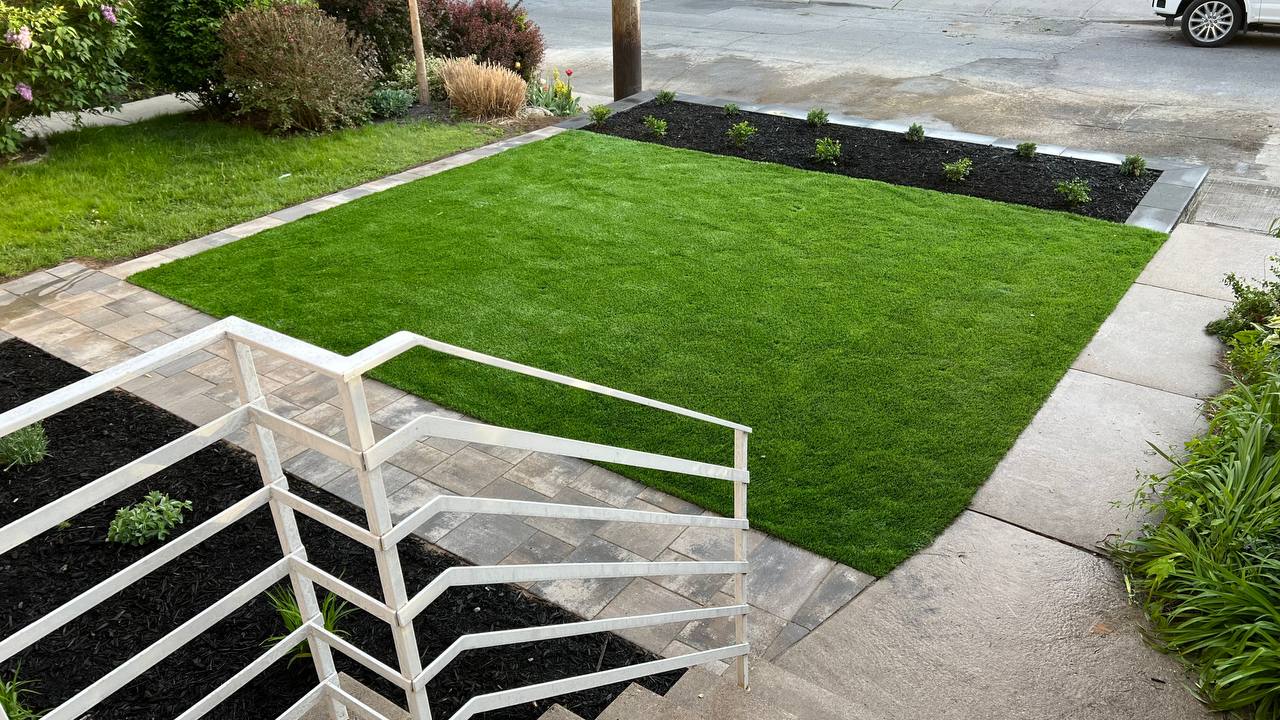
When creating functional zones, think about proximity to the house. A dining area near the kitchen is convenient, while a secluded lounging area might benefit from a bit of distance.
-
Highlight Focal Points
Identify focal points that draw attention and create visual interest. This could be a majestic tree, a soothing water feature, or an artful sculpture. Focal points anchor your design.
To make your focal point stand out, consider using contrasting elements. For instance, if you have a vibrant flower bed, a serene water feature as a focal point creates a pleasing contrast.
3. Selecting Plants and Materials
Choosing the right plants and materials is crucial to breathe life into your design:
-
Embrace Native Plants
Whenever possible, opt for native plants. They thrive in your local climate, require less maintenance, and attract local wildlife, enhancing the biodiversity of your garden.
Native plants not only simplify maintenance but also support pollinators like bees and butterflies. Research which native plants thrive in your area.
-
Create Diversity in Flora
Mix and match different types of plants to add texture, color, and year-round interest to your landscape. Think about flowering plants, evergreens, and ornamental grasses.
Planting a variety of flowers ensures that something is always in bloom. Plan your plant selections to provide visual interest throughout the seasons.
-
Sustainable Materials
Consider eco-friendly materials for hardscape elements like paths, patios, and retaining walls. These materials not only reduce your environmental impact but also add character to your landscape.
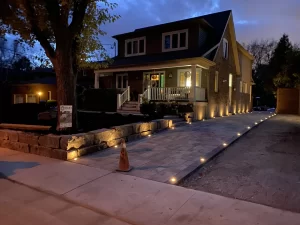
Sustainable materials can include recycled pavers, reclaimed wood, or permeable pavers that help manage rainwater runoff.
4. Bringing Your Plan to Life
Now, let’s turn your landscaping plan into a reality:
-
Seek Professional Guidance
If you’re unsure about certain aspects of your design or prefer a hands-off approach, consult with a professional landscaping company.
Landscape contractors can provide valuable advice on plant selection, layout, and even assist with the installation to ensure your design is executed flawlessly.
-
DIY Landscaping
For the DIY enthusiast, gather your tools and start planting based on your plan. Consider this an opportunity to connect with your outdoor space on a deeper level.
When tackling DIY landscaping, start with smaller projects like creating flower beds or installing a garden path before taking on larger tasks like building a pond.
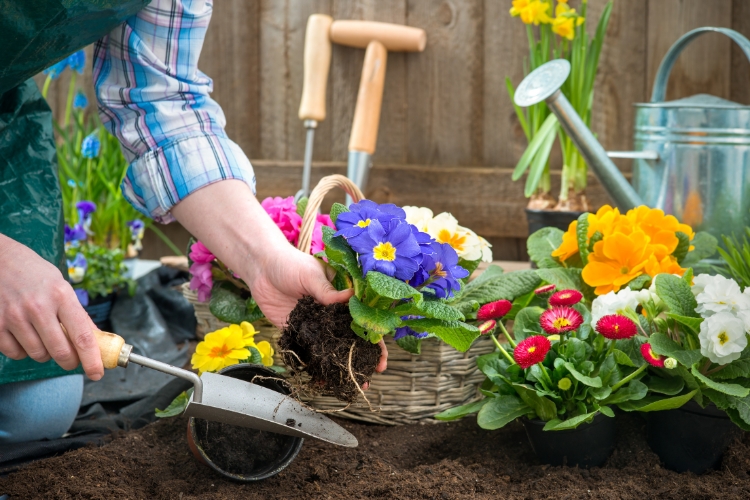
-
Maintenance Matters
Create a maintenance schedule to ensure your landscaping thrives over time. Regular care will keep your outdoor space looking its best, season after season.
Your maintenance schedule should include tasks like pruning, weeding, mulching, and fertilizing. Timely maintenance prevents issues from becoming overwhelming.
Your Outdoor Oasis Awaits
Designing a landscaping plan is more than just arranging plants and stones; it’s a journey of self-expression and transformation. Whether you’re a seasoned gardener or a novice, Oaks Home Service is here to help you bring your vision to life. With careful planning, the right plants, and a touch of inspiration, you can create an outdoor space that reflects your style, suits your needs, and enhances the beauty of your Toronto home.


